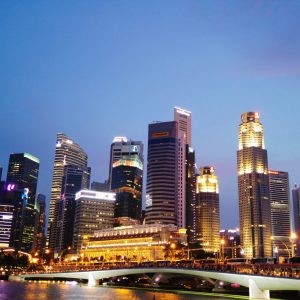Governance and Economic Change in Singapore
September 15, 2020

How has Singapore’s past governance structure influenced its economic growth? Singapore is often praised for its rapid transformation from a fishing village to the shiny metropolis of today. While the budget announcement for 2017 took place on February the 20th, the strength of Singapore’s current economy is the result of continuous evolution in its modes of governance over the last four centuries.
Prof Lee Soo Ann (Department of Economics), in Governance and Economic Change in Singapore (SER, 2015), argues that the developments Singapore has seen since 1965 are contingent upon structural changes that occurred in the preceding years. He breaks the history of governance in Singapore into four phases, the first beginning in 1819 when Stamford Raffles set Singapore up as a trading settlement. Raffles initiated free trade and movement of people into the island to boost its population growth. 1867 marked the beginning of the second phase when Singapore became a part of the Straits Settlement. Lee identifies 1946 as the start of the third phase when the formation of a fully-elected legislative council was initiated. 1965 marks the fourth phase of Singapore’s history when it became an autonomous nation after separating from Malaysia. Even though there has been tremendous development in the last 50 years, the first three phases introduced important catalysts for this growth to occur. In its nascent years of sovereignty, Singapore relied on its ties to the Commonwealth which were formed during its colonial era. Addressing current challenges such as a declining birth rate, growing trade competition, and immigration policy changes may bring about a fifth phase.
To read more, click here.
